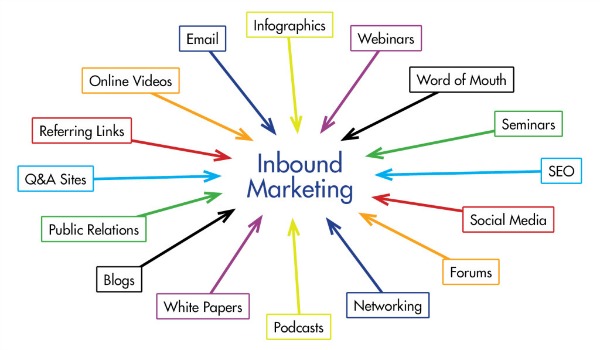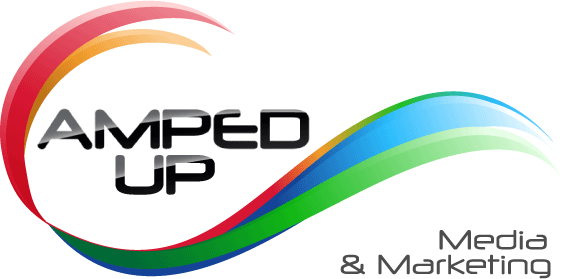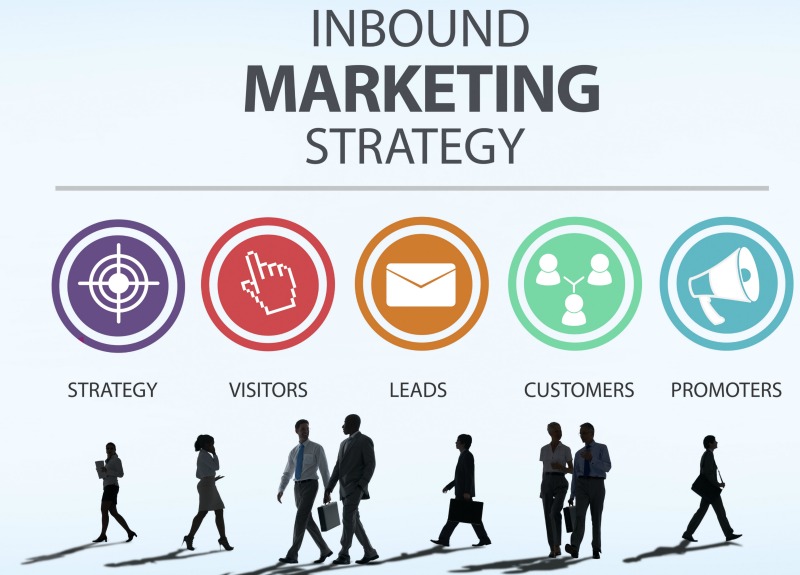Inbound marketing is the practice of attracting customers through interesting content.
To fully understand what inbound marketing is, we have to take a brief look at what preceded it….Outbound marketing. The easiest way to describe outbound marketing, is that it is interruptive marketing and usually carried out by the old traditional medias. It’s still common today. We’ve all seen it. It’s TV commercials, radio ads, junk mail, mass E-mail blasts, telemarketing. These medias have been compromised over the last dozen years or so. We now have TiVo to record TV and skip commercials, commercial free satellite radio, the CAN-SPAM act of 2003 to protect us from receiving unsolicited emails and the DO NOT CALL Registry to prevent telemarketers from disrupting us at home. Daily newspapers have shrunk in size, reach and revenue with many of them going out of business. Today, marketing has changed, but it is because the customer has forced that change. That change is Inbound Marketing.
So What Changed It?
- Technology
- Consumer Behaviours
- Monetary Risk
- Government
Everyone has access to internet and laptops are now so affordable. The smart phone has been the real game changer as they allow access to online as we move about. People don’t have time to consume old traditional marketing nor do they want to be interrupted. Brands don’t want to have to pay up-front for advertising that may not work. Outbound was known as “spray and pray” for this reason. The government bodies set about protecting consumers for aggressive marketing techniques at the turn of the millennium, where we saw the “do not call” registries and Can-Spam act come into play.
How is Inbound different?
- Inbound marketing is digital.
- It’s unique and quality content.
- It’s content that’s pulled, not pushed.
- When done right it’s highly trackable.
In the time you read the last paragraph, there have been over 4,000,000 Google search queries. 4 MILLION! Most of what we do is derived for digital. We search for content on “how to stop a faucet leak” or “affordable local plumber”. Brands know this and create content to answer those queries and Google serves up the best and most relevant answers to consumers in their search engine results pages. If it’s compelling enough it triggers an action. With the high quality analytics tools available today, we can now track the engagement and conversion rates of everybody from potential consumers to brand ambassadors.
Attract
consumers through...Convert
by using...Engage
close the dealMeasure
customer satisfactionThink of Inbound Marketing as permission based marketing. Because you have created the content and made it available, the consumer then enters your marketing ecosystem through their attraction to that content. As they move through the engagement process they do so while staying in control of their buying cycle. If your selling cycle matches their buying cycle, you will gain a new customer.
 If you would like to learn more of how inbound marketing strategies can help attract strangers to your brand and convert them into repeat customers, get in touch with us today. By attracting new customers through engaging content, your will generate more web traffic, more leads and convert them to sales. Build business relationships on quality, loyalty and trust.
If you would like to learn more of how inbound marketing strategies can help attract strangers to your brand and convert them into repeat customers, get in touch with us today. By attracting new customers through engaging content, your will generate more web traffic, more leads and convert them to sales. Build business relationships on quality, loyalty and trust.


